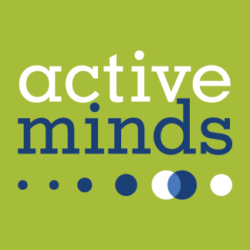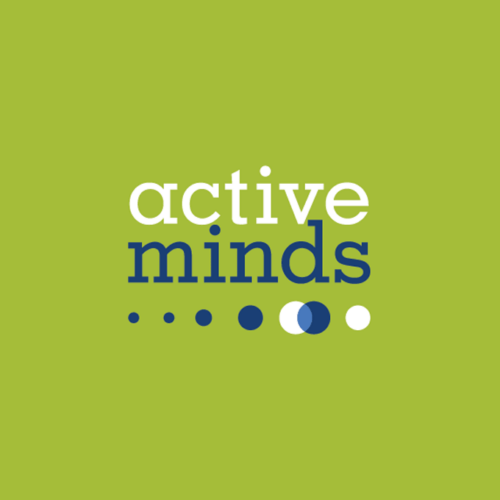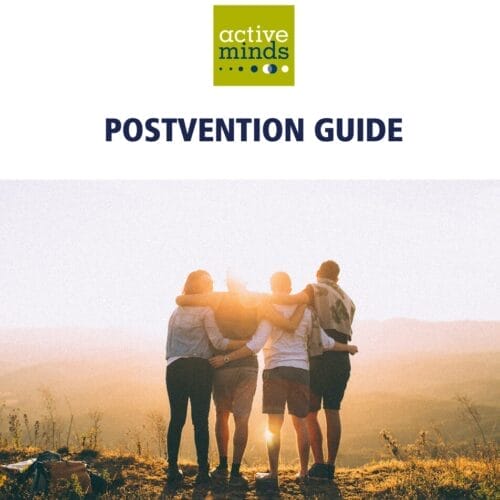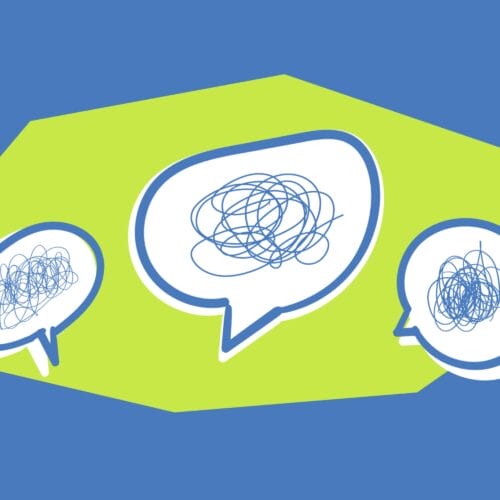Why a separate guide for students?
Many schools, but not all, are familiar with the concept of postvention and have protocols in place for when the campus is affected by a student’s death. However, these policies and procedures are primarily guided by the perspectives of campus staff, faculty, and administrators. This guide was created to give students the tailored resources they need to heal following a peer’s death.
At Active Minds, we’ve provided one-on-one advice for Active Minds chapters whose campuses have experienced a student death by suicide. This guide captures that guidance so it can be shared with as many campus entities as possible, including resident assistants, Greek life, and student government, as well as our full chapter network.
Students compose the largest percentage of a campus population and can powerfully support their campus’s postvention plans, if there is one, or fill the gap if none exist. Student leaders are well positioned to engage the entire student body in a thoughtful and forward looking response. Including the voice and perspective of students makes perfect sense.
Postvention is prevention
Many students feel most comfortable speaking to peers about mental health. This guide includes effective and safe suggestions on how to encourage help seeking and recommendations and examples for communicating via the news media and social media. The guide also looks to the future, providing suggestions on how students can lead their communities toward healing and rebuilding after a tragedy, work to eliminate mental health stigma on their campuses, and engage in suicide prevention efforts.





